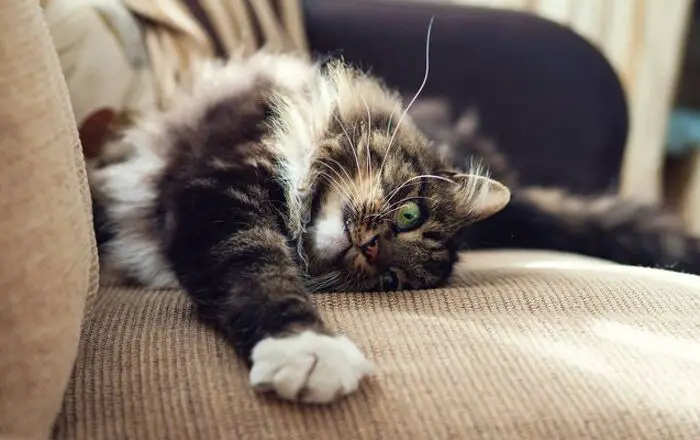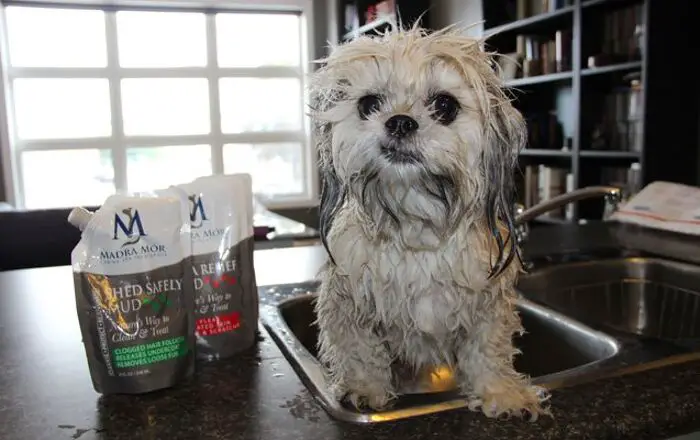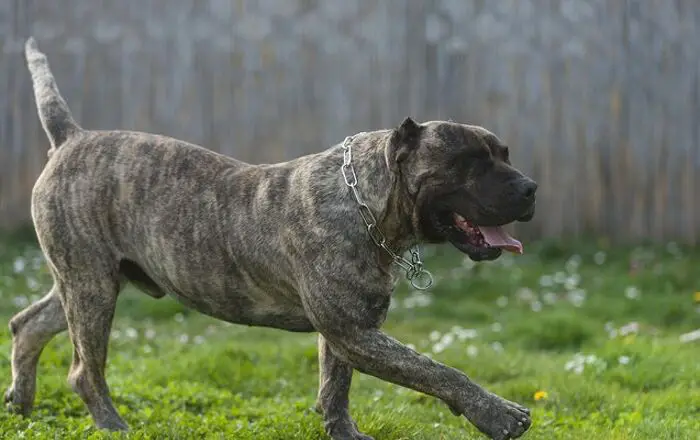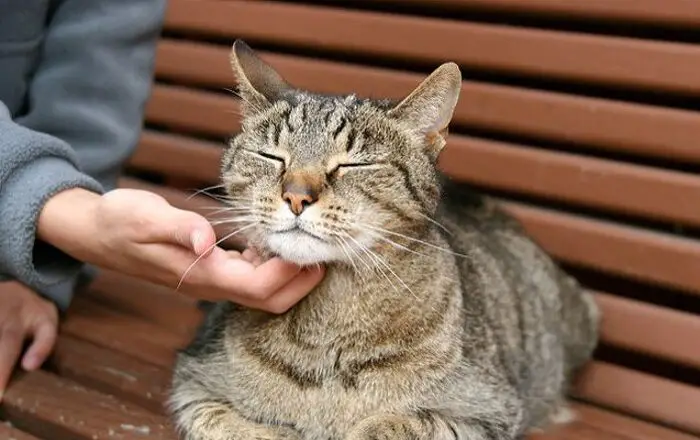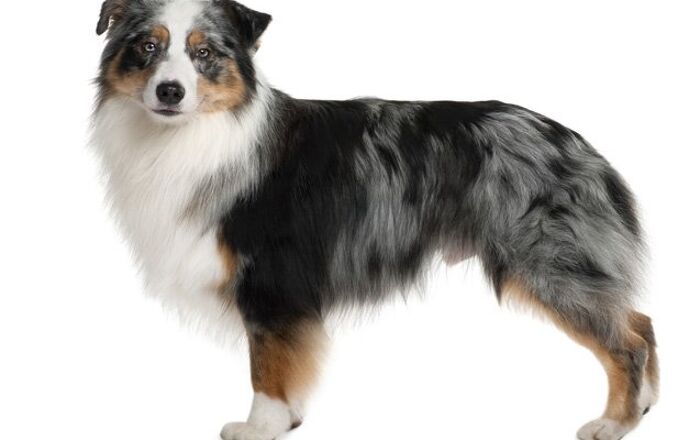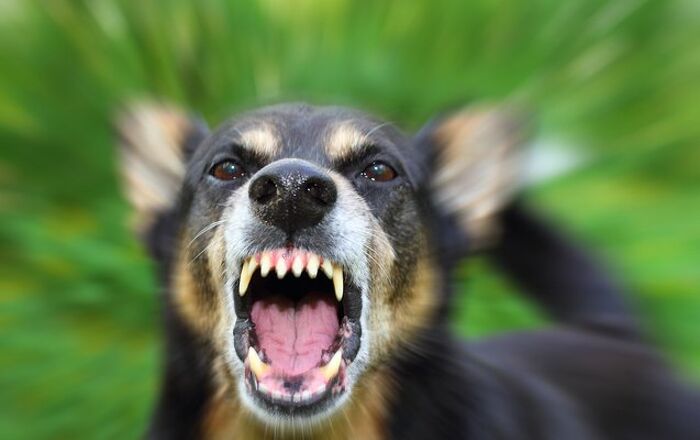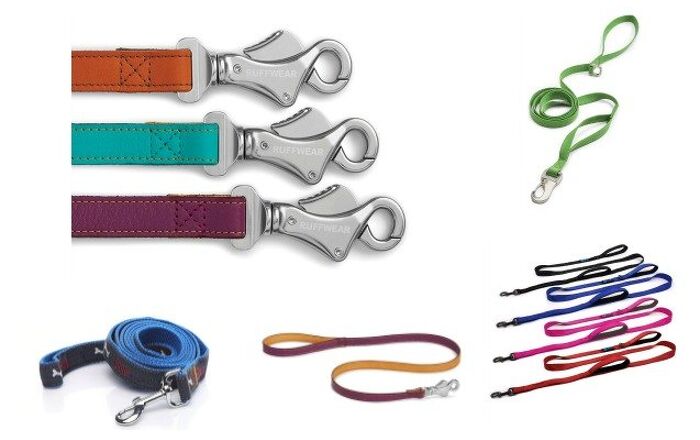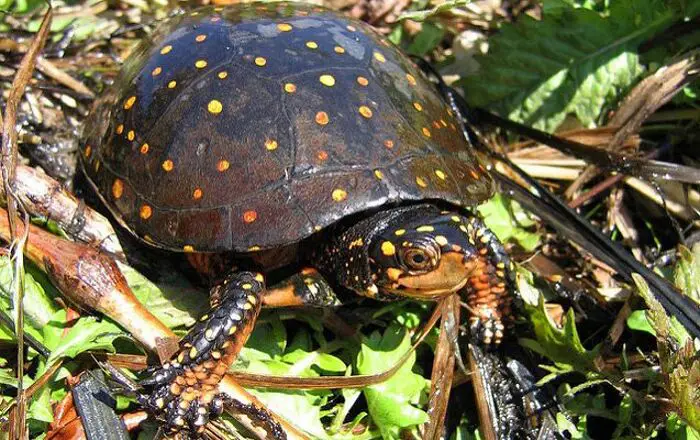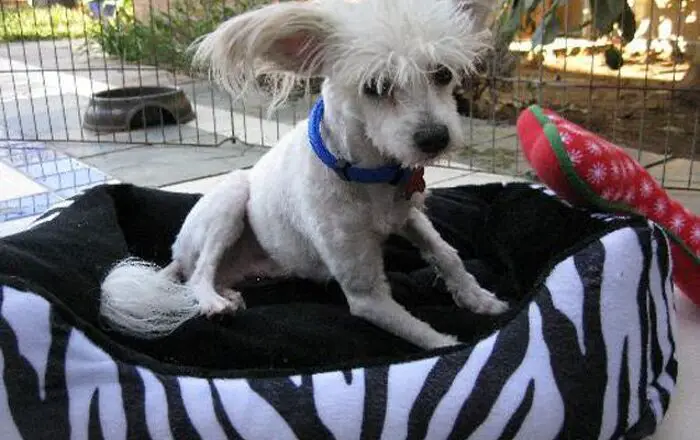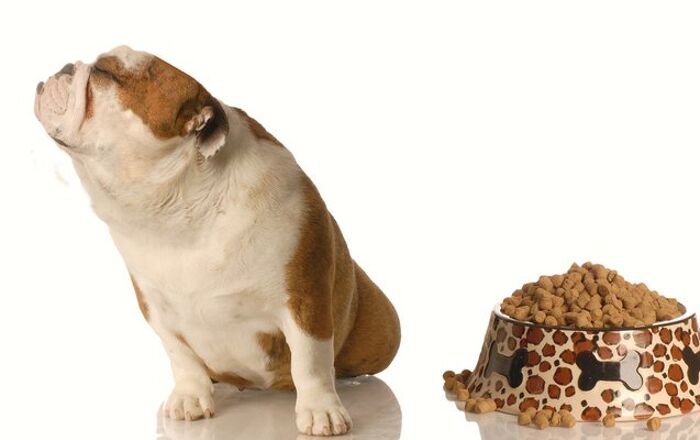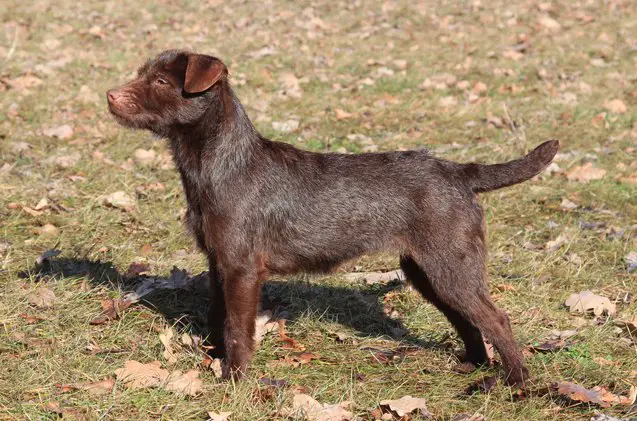
Patterdale Terrier Basics
The Patterdale Terrier is a compact, working breed that was originally bred to hunt foxes and other vermin. While there isn’t as much need for full time hunting dogs these days, the Patterdale Terrier has proven to quite a popular bet. These terriers are particularly popular in Europe, though they are starting to become more common in the United States and other countries. Europeans couldn’t keep this beautiful animal to themselves for long. These pups are far too easy to love for that.
What makes these dogs so popular, in addition to their irresistibly attractive appearance, is the fact that they are versatile and adaptable. These dogs are capable of completing just about any task that they are assigned. But, what’s even more so appealing is that they make great pets, too. These dogs fit in well to just about any home and have proven themselves to be fun and loving companions for a variety of owners.
Smart, spunky, and full of energy- the Patterdale Terrier might be small, but his spirit certainly isn’t. These terriers might not be as tenacious and driven as they were in the early beginnings of the breed, when they were exclusively selected for hunting, but traces of these traits still survive. While their size and sweet nature might fool you into thinking that they could live happily as a lapdog, that’s far from the truth. Even in the role of a pet and companion, the Patterdale Terrier will need a lot of exercise to stay happy and healthy.
Still curious to find out if this rare British breed is the right choice for you? Well, the good news is that you’ve come to the right place. Keep your eyes glued to this page and scroll away. Everything that you could possibly want to know about these remarkable animals is about to be revealed. So what are you waiting for?! Read on to learn all about the feisty Patterdale Terrier. By the end of this article, you just might find yourself running out to the nearest Patterdale Terrier breeder to add another member to your family.
The Patterdale Terrier is a compact, working breed that was originally bred to hunt foxes and other vermin.
Origin
Another common name for the Patterdale Terrier is the Fell Terrier, owing to his place of origin. Fell Terriers are a specific type of small working terriers that all originate from Fell country in England. That makes the Patterdale Terrier quite possibly the group’s most representative breed to date. Breeder Joe Bowman of Ullswater Hunt is credited with developing the breed through careful line breeding. He is to be commended for his extraordinary work. However, he’s not the only one responsible for the look and behavior of the Patterdale Terrier as we know it today. The work he did on creating these dogs in the first place was taken on by various UK breeders, which popularized and standardized the breed. There’s a rich history to this particular pup. There are many breeders involved in developing the dog that we know today and pooch lovers everywhere are forever grateful.
The Patterdale Terrier was first brought to the U.S. in 1978, but it is still a rare and fairly unknown breed outside of his homeland. However, in recent years, it seems that the popularity of the Patterdale Terrier is growing, all thanks to their exceptional qualities as working dogs and pets. Soon, this breed may well be just as popular on this side of the pond as in Europe. Only time will tell, but given how delightful these dogs are, our hopes remain high.
Pedigree
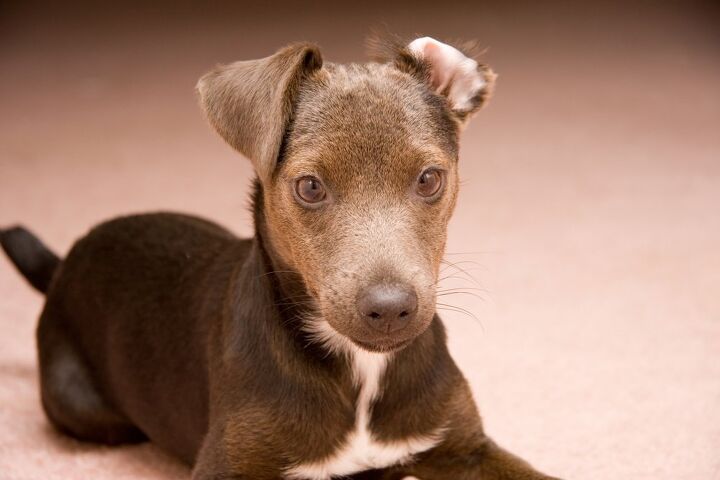
The history of the Patterdale Terrier breed is not all that clear: these dogs were created through efforts of various breeders throughout many years, so there’s no certainty what other breeds were used to create this tenacious little terrier. Some sources indicate that Joe Bowman, the breeder who people believe was first to produce a litter of these dogs, crossed a blue-black Border Terrier with a black and tan Lakeland Terrier to develop the Patterdale Terrier. His work was continued by other enthusiasts that linebred the breed further, to standardize the looks.
Even though his remarkable hunting skills made the Patterdale Terrier very popular, first in England and then in many other countries, these dogs are not recognized by AKC, UKC, or any other major canine club. Their appearance still remains too unpredictable in comparison to other purebreds. As a result, these puppies won’t have their own pedigree papers- but be sure to ask for a health guarantee if you’re buying a Patterdale Terrier puppy. If you encounter a breeder unwilling to provide that sort of guarantee, then it is unlikely they are a reputable breeder and they should not be trusted.
Food/Diet
The Patterdale Terrier is no different than any other dog when it comes to their dietary needs. Like every canine, they also need a healthy and well-balanced diet to stay in optimal form and lead long and healthy lives. To make sure their nutritional needs are met, opt for premium kibble for small, active dogs. Additionally, make sure that the dry food you’re choosing is appropriate for their age group- puppy, adult, or senior.
If you are in any way concerned about establishing or altering your dog’s diet, then it is always worth seeking out the advice of a veterinarian. While pet blogs and dog food manufacturers provide useful feeding guidelines, they are still just guidelines and should not be treated as gospel. All dogs are different after all, each with their own needs. The only person qualified to determine the specific dietary needs of your personal pooch is a vet. So always rely on their expertise before making any specific changes to what goes into your pup’s food dish.
Developed to hunt foxes, Patterdale Terriers have strong hunting instincts which can be put to use in a variety of ways.
Training
Developed to hunt foxes, Patterdale Terriers have strong hunting instincts which can be put to use in a variety of ways. These little dogs are intelligent and tend to respond well to training, but they do have a bit of an independent streak in them. This being the case, you will need to train your dog with a firm and consistent hand – use plenty of positive reinforcement to cement his training. You must establish yourself as the alpha in the relationship, but it’s still important to focus on positive training techniques only. Anything less is closer to abuse than training and should be avoided at all costs. That will never yield the results you seek.
In addition to obedience training, Patterdale Terriers can also be trained to hunt, to race and to participate in all manner of dog sports. In recent years, the Patterdale Terrier has begun to excel in Flyball and other areas of dog agility. A Patterdale Terrier named Chip was part of the Flyball Team that won the 2012 European Flyball Championship as well as the 2012 British Flyball Championships.
Weight
The average weight of a mature Patterdale Terrier in the United States weighs between 11 and 13 lbs. (5 to 6 kg), though the UKC standard for the breed accepts a weight anywhere between 15 and 30 lbs.
Temperament/Behavior

The Patterdale Terrier is a working breed, so his focus will always be on doing the job he is assigned to do. These dogs are very smart and have excellent instincts and hunting abilities – they are also very tough despite their small size. Given its instincts, the Patterdale Terrier also makes a good watchdog, though he is unlikely to be as yappy as other terriers are. The main thing to realize with this breed is that they can be independent and strong-willed. It is essential that you start obedience training as young as possible because these dogs can be tricky to train.
Because Patterdale Terriers are so strong-willed, they are prone to developing Small Dog Syndrome. The key to preventing your dog from developing behavioral problems is to maintain a firm and consistent hand in training – your dog should never doubt that you are the boss but you do not need to be cruel to assert your position as such. It’s a delicate balance to achieve, but the only way to properly train a pup.
Common Health Problems
The Patterdale Terrier is generally a healthy breed, though it may be prone to certain health problems including conjunctivitis, cataracts and cuts or scrapes related to hunting injuries. As always, it is important to maintain regularly scheduled checkups with your vet (especially as your pooch ages into his senior years) to ensure that any potential health issues are identified and treated as quickly as possible.
Life Expectancy
The average life expectancy of this breed is 11 to 13 years.
Exercise Requirements
Like most terriers, the Patterdale Terrier has a lot of energy to expend. While these dogs are not typically hyperactive, they do require a significant amount of daily exercise. The Patterdale Terrier is a working breed which means that you must exercise both his body and his mind in order to keep him sharp – give him at least 30 minutes of moderate exercise per day and try to include him in your daily life. Playing games or giving him a job to do will help keep him from getting bored. Remember, a bored dog is a destructive dog, so don’t take your chances! If you don’t help your pooch work off all of their excess energy every day, they will find other ways to burn off that energy that you won’t appreciate.
The Patterdale Terrier is a working breed, so his focus will always be on doing the job he is assigned to do.
AKC
The Patterdale Terrier is recognized by the United Kennel Club (UKC) and belongs to the Terrier Group. This breed remains unrecognized, however, by the American Kennel Club.
Coat
Patterdale Terriers exhibit two different coat types: smooth or broken. Both types have a short and dense undercoat which requires very little grooming, though regular brushing will help to control shedding. In the smooth coated variety, the outer coat of hair is coarse and stiff – when lifted, it falls back into place. In the broken coat, the coat is intermediate with longer guard hairs than the smooth coat variety. Broken-coated Patterdale Terriers sometimes have face furnishings that form a sort of beard, eyebrows and mustache. The acceptable colors for this breed include black, liver, red, black-and-tan and bronze. Color may be solid or with white markings on the chest and feet.
Puppies
While Patterdale Terriers are very energetic and active, this is even more applicable to puppies – you have to keep a close watch on a Patterdale Terrier puppy to keep him out of trouble. Because this breed has a very high prey drive, it is also essential that you provide plenty of socialization as early in the puppy’s life as possible (do not let those early impressionable puppy days go to waste!). Patterdale Terriers can be trained, but they do have a tendency to be a little headstrong so the earlier you start training a puppy, the better. They are also quite fragile as puppies and need to be treated with a gentle touch, so make sure to monitor them around young children so that no accidental rough play occurs.
Photo credit: Capture Light/Shutterstock; JD/Shutterstock

